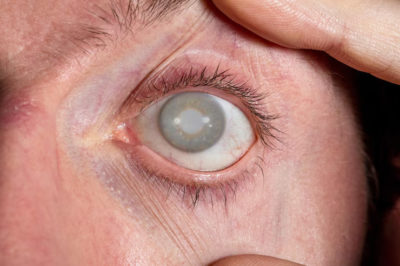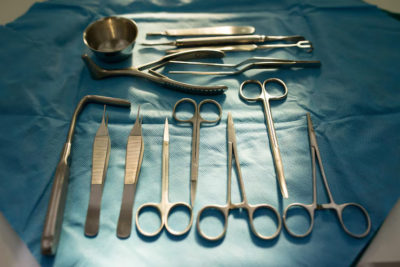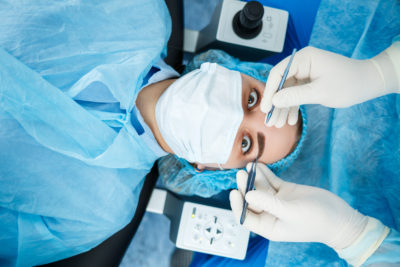What is Cataract and How It Can be Treated?
Imagine your eye is like a camera. In the camera, there’s a lens that helps focus the picture onto the film. Similarly, in your eye, there’s a natural lens that helps you see clearly.
Now, think of a cataract as a cloud that forms on this lens. This is more likely to happen as you get older, but it can also be caused by things like sunlight, injuries, or certain health conditions. The good news is, doctors can do a special kind of surgery to remove this cloudy lens and put in a clear one. This helps you see much better, almost like wiping away the fog from a window.
Remember, if you notice things getting blurry or not as clear as they used to be, it’s a good idea to see an eye doctor. Dr Agarwals Eye Hospital stands as a beacon of excellence, offering unparalleled eye care services with a focus on cataract surgery that goes beyond expectations.
What is the Cataract Surgery Treatment Process?
1. Preoperative Evaluation
A comprehensive eye examination to assess the extent of cataract development.
Measurement of the eye’s dimensions to determine the appropriate IOL power.
2. Surgical Procedure
- Cataract surgery is usually performed on an outpatient basis.
- The surgeon makes a small incision in the eye.
- Using a technique called phacoemulsification, ultrasound energy breaks up the cloudy lens.
- The cloudy lens is then removed, and the artificial IOL is inserted
3. Intraocular Lens (IOL) Options:
- Monofocal IOLs: Correct vision at a single distance (either near or far).
- Multifocal or accommodating IOLs: Provide a range of vision, reducing the need for glasses.
4. Recovery:
- Most patients experience improved vision shortly after surgery.
- Some discomfort, mild itching, or sensitivity to light may be present initially.
- Complete recovery may take a few weeks, and vision may continue to improve during this period.
5. Follow-up Care:
Regular follow-up appointments with the eye surgeon to monitor healing and address any concerns.
Prescription eyeglasses may be recommended if there is any residual refractive error.
What are the Symptoms of Cataracts:
- Blurred or cloudy vision.
- Sensitivity to light.
- Difficulty seeing at night.
- Changes in color perception.
What are the Risk Factors?
- Age-related factors.
- Genetic predisposition.
- Diabetes and other health conditions.
- Prolonged exposure to sunlight.
- Previous eye injuries or surgeries.
What are the Preventive Measures?
- Get routine eye examinations.
- Early detection and intervention.
- Wearing sunglasses with UV protection.
- Using safety eyewear during activities with potential eye hazards.
- A balanced diet rich in antioxidants.
- Regular exercise for overall health.
- Proper management of diabetes and other health conditions.
What are the Natural Remedies for curing Cataracts?
1. Nutritional Supplements:
- Vitamin C, E, and beta-carotene.
- Omega-3 fatty acids for eye health.
- Zinc and selenium supplements.
What are the Medical Interventions?
1. Cataract Surgery
- Explanation of the surgical procedure.
- Intraocular lens (IOL) options.
- Recovery process and expected outcomes.
2. Phacoemulsification
- Modern cataract surgery technique.
- Benefits of small incisions and ultrasound technology.
What is Post-Surgery Care for Cataracts?
1.Follow-up Appointments
- Importance of regular check-ups after surgery.
- Monitoring for complications.
2.Lifestyle Adjustments
- Gradual return to normal activities.
- Tips for minimising the risk of future cataracts.
Conclusion
Remember, while the remedies mentioned can be beneficial, it’s crucial to consult with your doctor for personalised advice and treatment options tailored to individual needs. Crystal clear vision is a precious gift, and taking steps to preserve and enhance it contributes to a better quality of life.








